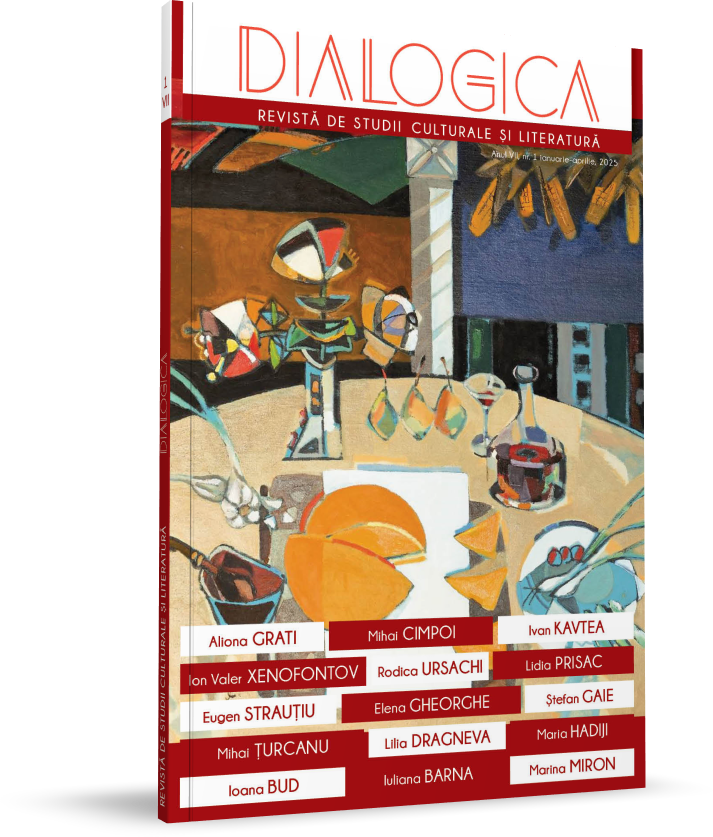Tango Margareta pentru flaut, clarinet și pian de C. Rusnac – aspecte caracteristice de limbaj, structură şi interpretare
Tango Margareta for flute, clarinet and piano by C. Rusnac – characteristic aspects of language, structure and interpretation
Author(s): Radu CazacSubject(s): Philosophy, Fine Arts / Performing Arts, Music, Aesthetics
Published by: ArtPoligraf SRL
Keywords: genre; language; tango; interpretive techniques; folkloric influence;
Summary/Abstract: In this article, the author proposes to analyze the characteristic elements of language and structure of the creation Tango Margareta for flute, clarinet and piano by C. Rusnac. At the same time, the aim is also to elucidate the most important interpretative aspects in order to determine the degree of complexity but also to codify the essential musical idea. The importance of the works in music for clarinet from the Republic of Moldova: the compositional repertoire for clarinet is quite vast and diverse in terms of genre – fantasies, sonatas, trios, etc., but also instrumental composition – clarinet, violin and piano; clarinet, flute and piano; clarinet, tuba and piano, etc. Thus, Tango Margareta demonstrates that the tango genre can be adapted into a modern compositional language, with folkloric influences and modalism specific to Eastern European music. Although this dance is less frequently used, we still see that the stylistic specificity allows the composer’s imagination to explore various rhythmic formulas combined with folkloric intonations, or the timbre superimposed with folk harmonies and modes, etc. What is certain is that both the genre and the instrumental composition perfectly reproduce the typical image of Argentine dance through the prism of authentic folkloric nuances and influences.
Journal: DIALOGICA Revistă de studii culturale și literatură
- Issue Year: VII/2025
- Issue No: 1
- Page Range: 69-72
- Page Count: 4
- Language: Romanian

